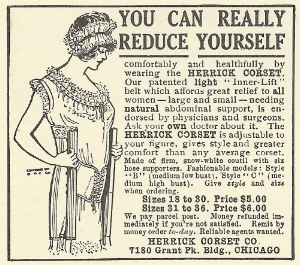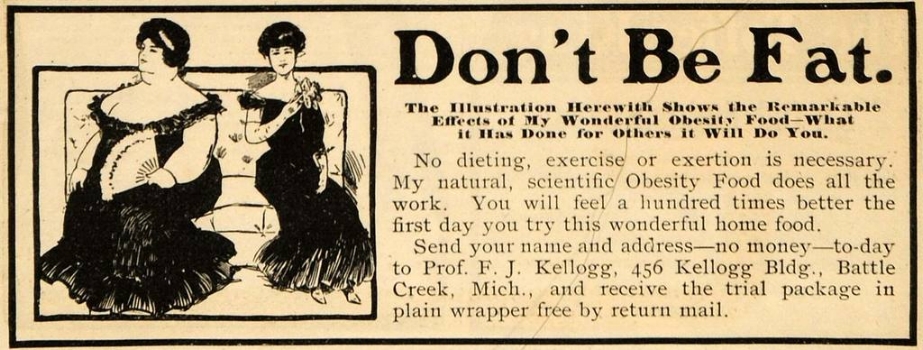It was absolutely amazing to chat with Chris Duffin, Rudy Kadlub & Brandon Senn of KABUKI STRENGTH. We covered a lot of ground with this podcast - touching on some everything from athlete health, performance inhibition, female strength athletes, and even how much my deadlift sucks!
I’m so grateful to Chris, Rudy and Brandon for having me on the show!
“We are honored to have Victoria Felkar as today's guest on Strength Chat. She is an explorer, a renegade, and an advocate pushing the boundaries of performance and health through research, coaching, and teaching.
Victoria is currently completing her doctoral studies at University of British Columbia, specializing in physical culture, medical and criminological knowledge, performance enhancement, and the muscular body. Her doctoral research explores women's health and female hormone manipulation within sport and medicine.
Tune in as the Mad Scientist, Dr. Rudolph, and the Wizard of Training discuss some of what Victoria has been working on lately.
A great episode you won't want to miss!
PODCAST LINK:
https://kabukistrengthchat.libsyn.com/strength-chat-75-victoria-felkar
ITUNES:
https://itunes.apple.com/ca/podcast/strength-chat-by-kabuki-strength/id1157215043?mt=2
Learn more about Kabuki Strength
https://kabukistrength.com/
IG: @mad_scientist_duffin
IG: @kabukistrengthlab
FB: @kabukistrength









